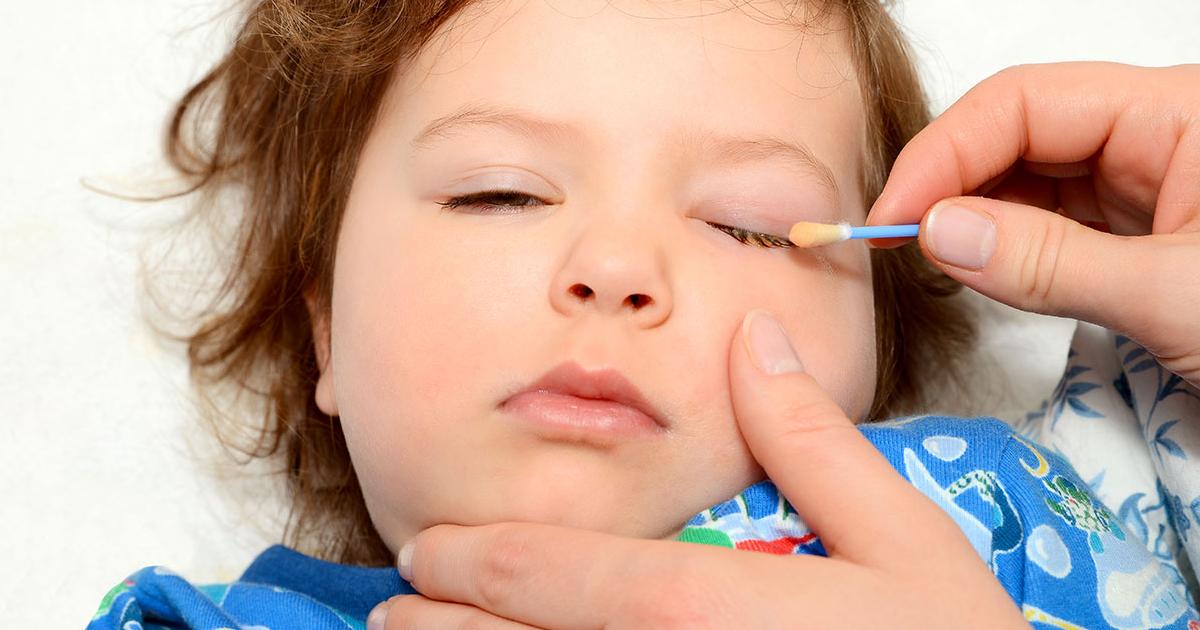Remedies Recommended For Ocular Rosacea
Ocular rosacea happens when the eye develops inflammation. It causes the eyes to burn, itch, and become red. Individuals who have rosacea of the skin tend to get ocular rosacea. When an individual develops eye rosacea, it is often a sign they will develop it on their skin at a later date. It tends to affect individuals between thirty and fifty years old, especially in those with skin that flushes or blushes easily. Ocular rosacea can be treated with medications and an eye-care routine to control the itchiness and burning sensations. It can also help control the redness of the eyes. However, these treatments do not cure the inflammation completely. Individuals who have tearing, redness, sensitivity to light, or other grittiness in the eye may be experiencing symptoms of ocular rosacea.
Learn about the best remedies for ocular rosacea now.
Clean Eyelids Regularly And Gently

One of the easier ways to reduce the symptoms of ocular rosacea is to clean eyelids regularly and gently. Since ocular rosacea is caused by a defect in the immune system and vasoregulatory system, it can be helpful to keep the eyelids clean. Individuals who are ill should also use artificial tears to help keep the eye lubricated. The exact cause of ocular rosacea is unknown, but environmental factors, bacterial presence, blocked glands and eyelids, and eyelash mites could be the cause of it. This is why it is so important to keep the eyelids clean. However, individuals should be careful of rubbing their eyes with too much force. Individuals can scrub their eyes to remove the buildup of biofilm. Typically, a physician will provide a daily regimen of a lid scrub and a warm compress to reduce the possible bacteria on the eyelid. It is for patients suffering from ocular rosacea to wash their hands before they clean their eyelids. The bacteria on the hands could lead to rosacea.
Continue to reveal more treatments for ocular rosacea now.
